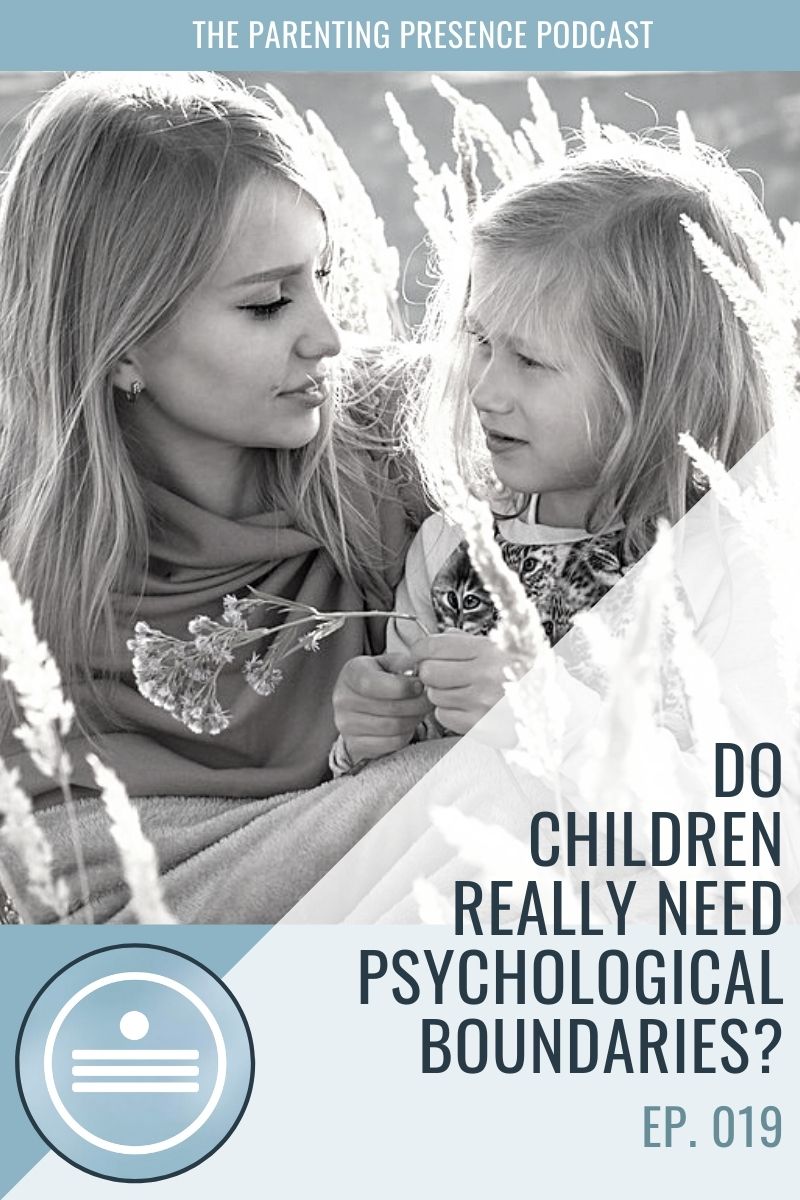
Parents generally are more likely to talk about physical boundaries with children, than they are about psychological boundaries. And this is understandable, because we want to teach children to be safe and know how to stay away from unwanted touch. But it is just as important to be able to detect any kind of unwanted interactions.
Children need to be able to respond to inappropriate behavior towards them and be able to tell if they are treated with respect. Knowing what is unwanted comes from knowing what is within one’s comfort zone.
This is something we can teach them, by respecting their signals of what is and is not comfortable for them when they interact with us and other people.
Children are not born with the sense of boundaries, but they do have a natural tendency for them.
That is where the need to do things their own way comes from, as is their adamant and unyielding “no” when they first learn to say it. And the reason that this tendency is natural is because psychological boundaries protect our Sense of Self (which is what makes us human and different from other animals).
So when we are asking if the child needs psychological boundaries, it is the same as asking, whether they need a Sense of Self. Without the sense of Self, the child cannot have Self-esteem.
The child’s Self-Esteem depends on the strength of their boundaries.
Boundaries shape a healthy personality. But even though the tendency for boundaries is natural, children do not always know to protect one’s space, be it physical or mental is natural. They need help and also need to be taught the skills of asserting boundaries and protecting them for the sake of their mental health.
Self-esteem is directly tied to self-respect, which has its origins in being treated with respect as a child. And being treated respectfully by others means that the child’s personal boundaries are respected. This starts at home and gets reinforced also at home. So even though self-esteem is something we cannot directly shape or influence, self-respect is in fact something we can teach and model directly by being respectful towards our children.
The most simple way to teach boundaries is through respect.
Respect is also a simple way to think of boundaries. Teaching boundaries becomes easier if we focus on treating children with respect towards their physical and mental space. Without respect for ourselves, our boundaries get violated all the time. One sure signal of self-respect is the ability to say no. And a sure signal of being respected is when our “no” is acknowledged.
- No, please don’t touch that.
- No, please stop that.
- No, I don’t like that.
The “no” may have to do with the physical space — our body & belongings. It can also be related to our psychological space — our thoughts & emotions. Physical boundaries keep us safe and respected physically, and psychological boundaries keep us safe and respected psychologically. When we talk about physical and emotional safety, it is important to remember that, in order to raise healthy children, we need to do more than simply protect them from abuse. We need to actively shape our child’s sense of self by acknowledging the child and treating them with respect.
When we demand complete obedience, we inadvertently hurt the child’s sense of self, their ability to see themselves as having any say, and as having any worth. When we don’t show respect to them, children are less likely to respect themselves. And, because of that, are very unlikely to expect to be treated respectfully by others.
So how can parents help shape the child’s psychological boundaries?
Just like physical boundaries have to do with the physical space of people, psychological boundaries have to do with psychological space. This is the space of our own internal world. Just like we need physical space & privacy, we need psychological space & privacy. We need a space where our own experience can be internally organized and processed. Processed in a way that is meaningful for us.
Some of that may be shared with others and some remains private based on our decision and comfort level. That means, there are thoughts, opinions, emotions, needs, and experiences we may or may not want to share. And we don’t have to share. We decide our level of comfort.
And that is what we want to teach to our children. One thing to keep in mind is that true psychological boundaries are very personal. They are very subjective, which is the whole point. In other words, what we might be comfortable with, our child may not be, and we must respect that. It is this respect for their boundaries (i.e., their level of comfort) that will shape their psychological boundaries and the Sense of Self.
Want to learn more about the role of emotions in parenting and child development? I invite you to participate in the Emotionally Intelligent Parenting training. Sign up to get your invitation!
